It matters less which email platform you pick than that you start—every tool has a learning curve. The core features are similar across providers, and you can switch later if your needs change.
That said, different tools shine for different goals, team sizes, and skill levels.
So don’t overthink it: choose one, set up your list and a simple welcome flow, and start sending. You’ll learn more by doing than by comparing every feature page.
The Best Email Marketing Platforms for 2026
Every pick below lets you grow a list, design automations, and communicate consistently. The right fit depends on whether you’re running a store, building a personal brand, or launching something new.
Top picks at a glance:
- Constant Contact — Best if you’ve never done email marketing
- MailerLite — Best for small and local businesses
- Omnisend — Best for ecommerce stores
- Brevo — Best for sales + marketing in one
- Campaigner — Best for experienced marketers
- AWeber — Best value for modest lists
- GetResponse — Best if you want to run webinars
- ConvertKit — Best for influencers, bloggers, and creators
All of them cover list growth, email creation, analytics, and multi-email sequences. The biggest differences come down to who they’re built for, how simple they feel, and how deep the automation/commerce features go.
Constant Contact – Best if You’ve Never Done Email Marketing
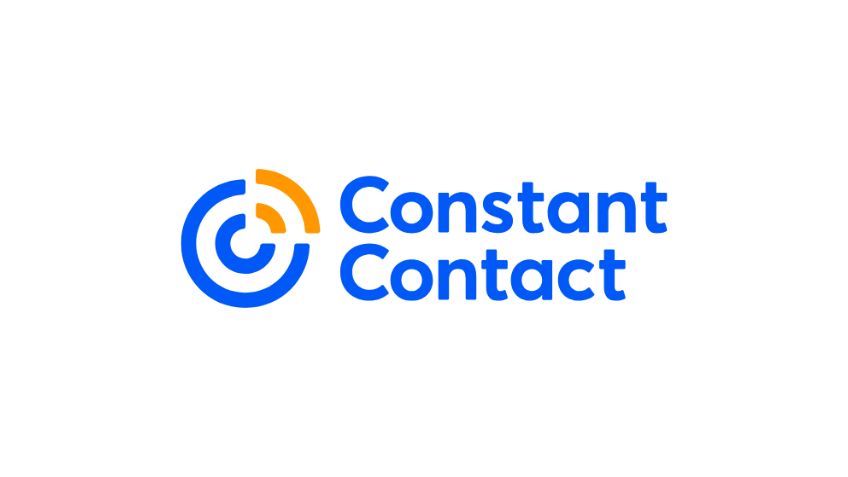
Constant Contact is one of the most approachable email tools for beginners. It’s been around for decades and still nails the basics: a clean interface, intuitive editor, and a fast setup from list to first send.
You can launch quickly with a drag-and-drop editor, hundreds of templates, and embeddable forms for your site. As you learn, turn on welcome sequences, resend-to-non-openers, and simple drip campaigns—then use the built-in reporting to see opens, clicks, and engagement trends.
Higher tiers add AI content suggestions, stronger segmentation, A/B testing, SMS add-ons, and custom automation workflows.
Pricing: Lite $12/month, Standard $35/month, Premium $80/month. Plans scale by contacts and monthly send volume (approx. 10x/12x/24x your list respectively). The Lite plan is plenty for first campaigns; upgrade when you need deeper automation or higher sending limits.
MailerLite – Best for Small and Local Businesses
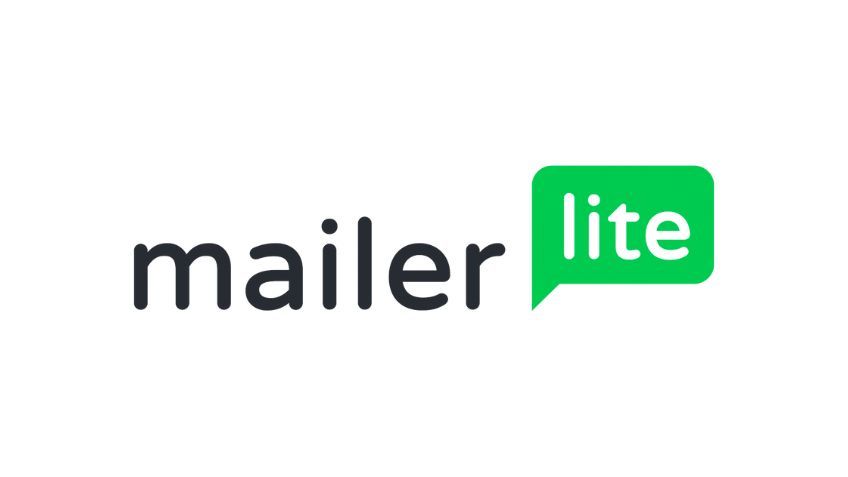
MailerLite is a standout for small businesses, freelancers, and local services. It covers the essentials—easy editor, forms, popups, landing pages, automation, and basic ecommerce—without bloat.
Its free plan supports up to 500 subscribers and 12,000 monthly emails. The interface is refreshingly simple, so first campaigns take minutes, not days.
Templates are clean and modern, and there’s a built-in website/landing page builder if you don’t have a full site yet. When you’re ready, paid tiers unlock selling digital products, unlimited sites/pages, dynamic content, multivariate testing, and advanced automations. Pricing starts around $10/month for small lists.
Omnisend – Best for Ecommerce Stores
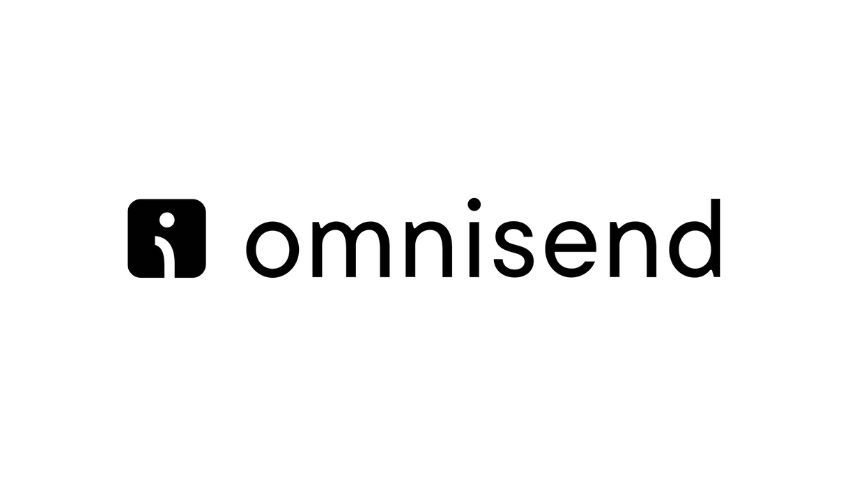
Omnisend is built for online stores. All plans include core features—forms, popups, landing pages, segmentation, and automation—so you don’t have to pay extra just to unlock ecommerce basics.
Connect your store to pull in products, send personalized recommendations, and insert conditional content based on shopper behavior. Omnisend combines email, SMS, and web push so you can orchestrate multi-channel flows (abandoned cart, post-purchase, winback) from one place.
The free plan covers up to 250 contacts and 500 emails/month. Paid plans scale by contact count and sends and remain affordable as you grow.
Brevo – Best for Sales and Marketing in One
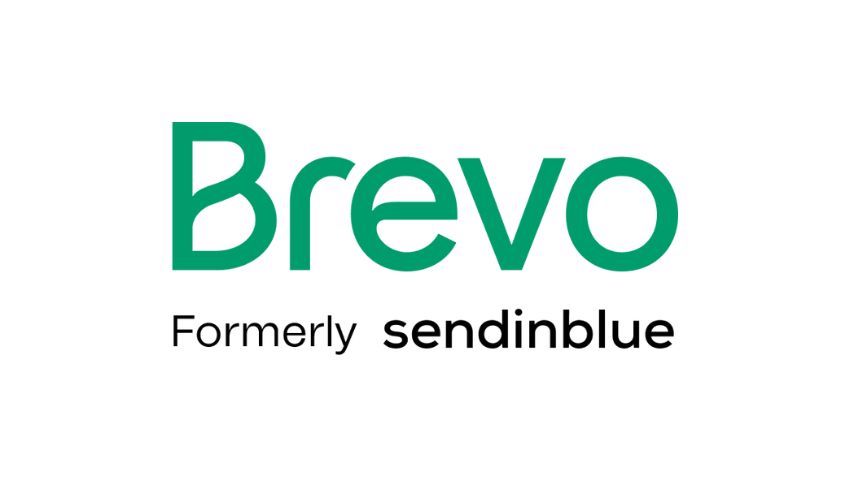
Brevo (formerly Sendinblue) blends email marketing, sales CRM, chat, and automation into one platform. You can manage deals and tasks in the CRM, keep conversations in a unified inbox, and see marketing + sales activity in context.
Brevo’s email tools include templates, a drag-and-drop builder, automation, segmentation, A/B testing, and analytics. It’s generous on contacts—you’re billed primarily by email volume—and there’s a free tier for light sending (daily cap). Paid plans start with monthly send bundles and can add landing pages, advanced reporting, and phone support.
Note: the free plan allows up to 300 emails per day with unlimited contacts, which is plenty for getting started.
Campaigner – Best for Experienced Marketers
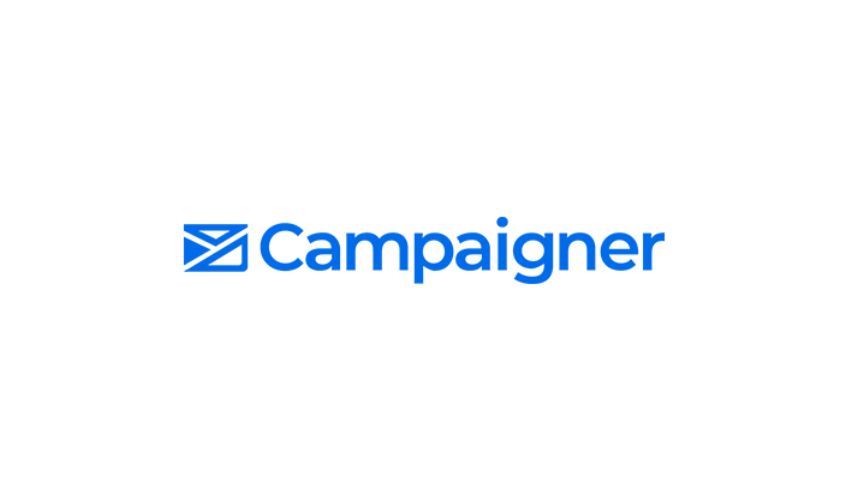
Campaigner is a power user’s platform. It gives you granular segmentation, complex customer journeys, dynamic content, and deep testing without requiring developer skills.
Build behavior-based automations, personalize by attributes (location, custom fields, purchase history), and validate workflows before launch. It also supports SMS automation to layer text messages into your journeys.
A/B testing goes beyond subject lines—you can test timing, sender names, body content, and variables. List hygiene and suppression tools help keep deliverability healthy as you scale.
Pricing: typically starts around $59/month for up to 5,000 contacts, with optional ecommerce and SMS add-ons. Expect higher tiers if you need advanced features or larger lists.
AWeber – Best Value for Under 2,500 Subscribers
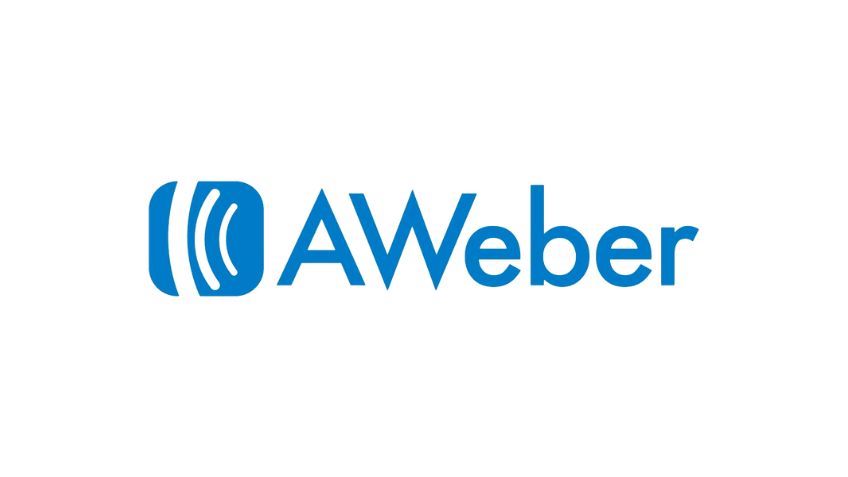
AWeber is a budget-friendly classic with landing pages, forms, automation, templates, segmentation, split testing, and even web push. For small lists, it’s hard to beat on price for what you get.
Note the tiers: the Lite plan is the cheapest but includes AWeber branding; the Plus plan removes branding and unlocks advanced analytics, unlimited automations, and more. As a reference point, pricing for ~1,000–2,500 subscribers lands around the $25–$35/month range and scales with list size and send volume.
GetResponse – Best if You Want to Run Webinars
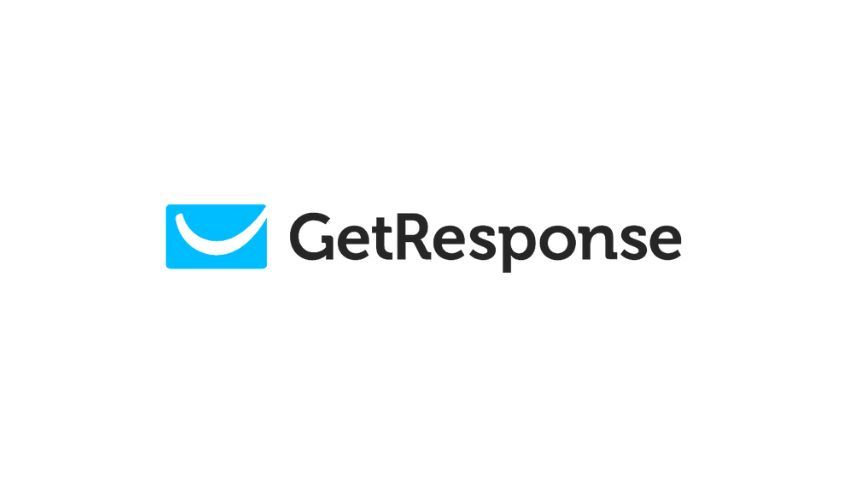
GetResponse sits between beginner tools and pro suites. You get automation, segmentation, forms, landing pages, funnels, ecommerce integrations, and detailed analytics.
Where it stands out is webinars. The platform includes built-in webinar hosting (on the Creator plan), plus reminders, follow-ups, and streaming to YouTube/Facebook. You can add polls, CTAs, whiteboards, file sharing, and more—without juggling separate software. Plans now start with Starter and move up to Marketer and Creator, with webinar attendee limits varying by tier (Creator supports up to 100 attendees out of the box).
ConvertKit – Best for Influencers, Bloggers, and Creators
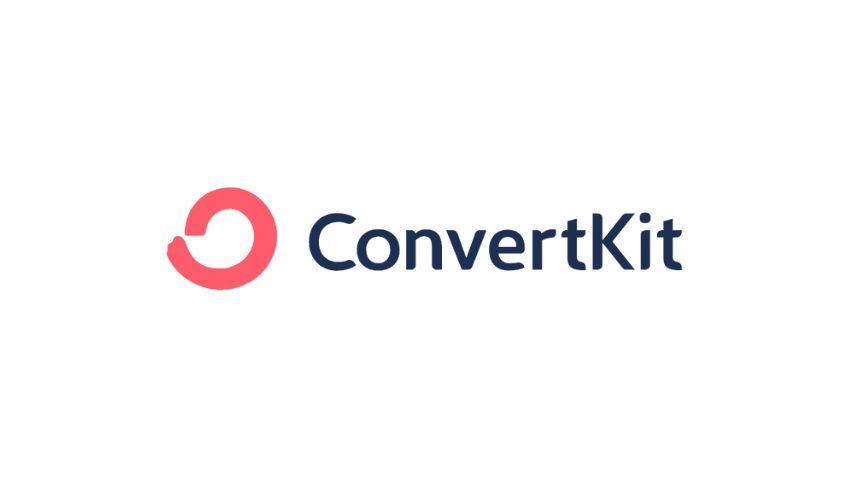
ConvertKit (now “Kit”) is what we use. It’s purpose-built for creators—writers, bloggers, podcasters, musicians—who care more about audience connection than complex enterprise features.
The free plan is now extremely generous for growing audiences (up to 10,000 subscribers with core newsletter tools). When you need visual automations, advanced workflows, and deeper integrations, the paid Creator tier kicks in. Migration help is included if you’re switching from another provider.
If your priority is audience growth and simple monetization—paid newsletters, products, and subscriptions—Kit/ConvertKit is tough to beat.
How to Find the Best Email Marketing Service for You
The right platform depends on your stage and goals. A solo creator doesn’t need the same toolkit—or price point—as a fast-growing ecommerce brand. Pick something you’ll actually use, then upgrade as your needs get more advanced.
Here are practical criteria to narrow it down:
Email Templates
Don’t chase template quantity—chase templates that fit your brand and render well on mobile. A good editor should support blocks, reusable sections, and quick brand styles. Always preview on desktop and mobile before sending.
Bonus: look for built-in brand kits or AI text/image helpers to speed up production without sacrificing quality.
Segmentation Capabilities
Relevance drives results. Segment by behavior (opens/clicks, page views), commerce (products, value, recency), and demographics (location, role). Make sure the tool supports the way you plan to target—whether via tags, fields, rules, or events.
Advanced tools add dynamic content and multi-path flows so each segment sees different offers. Most of this lives on paid tiers—budget for it if targeting matters.
Straightforward Analytics
Track the basics—send, open, click-through—plus per-link engagement and device breakdowns. With privacy changes affecting opens, favor clicks, conversions, and tagged actions as your north stars.
Good platforms also show list growth, churn, and deliverability signals (bounces, complaints) so you can clean your list proactively.
Workflow Automations
Start with welcome, lead-nurture, and cart/browse abandonment. As you mature, you’ll want visual builders, conditional logic, goals, delays, and A/B splits. Prebuilt recipes help you move fast; custom triggers let you scale sophistication later.
Double-check that your plan includes automations (many free tiers limit them) and that you can track performance by step.
Price Structure
Some tools bill by subscribers, others by emails sent. If you email infrequently but have many contacts, a volume-based plan can be cheaper. If you send often to a modest list, subscriber-based pricing usually wins. Price out your expected list size and cadence across two or three tools before you commit.
Also consider hidden costs: removing platform branding, SMS credits, dedicated IPs, or advanced reporting can change the total.
Frequently Asked Questions
How much does email marketing cost?
There are a lot of free options for up to 500 or 1,000 subscribers. From there, you can expect to pay around $10 or $20 per month depending on the platform you choose. Some enterprises end up paying tens of thousands per month to manage massive lists of 50,000 contacts or more. In most cases, the price you pay depends on the number of contacts you have and the number of emails you send per month.
Is email marketing effective?
Email marketing is a super effective way to connect with your audience, launch products, promote sales, and much more. It also delivers the highest ROI compared to other marketing strategies. Email marketing helps give brands more control over their messages and the scope of their reach compared to other marketing channels. Email marketing is not dead, and it will stay relevant for the foreseeable future.
What’s the difference between email marketing and CRM?
Email marketing is a component of CRM (customer relationship management). Many email marketing tools come with a CRM, and the data from marketing emails get stored within the CRM. CRM is more of a big-picture initiative than email marketing. It focuses on building and maintaining relationships with current and prospective customers, whereas email marketing focuses more on building subscriber lists and managing specific campaigns.
How do I create an email subscriber list?
To create a subscriber list, sign up for an email marketing service that includes landing pages and sign up forms for lead generation–most of them offer this. From there, you can collect emails directly from your website by asking visitors to opt-in to your newsletter or sign up for exclusive discounts. If you’re selling products and services online, you can include a form that automatically adds customers to your email subscriber list during checkout.
